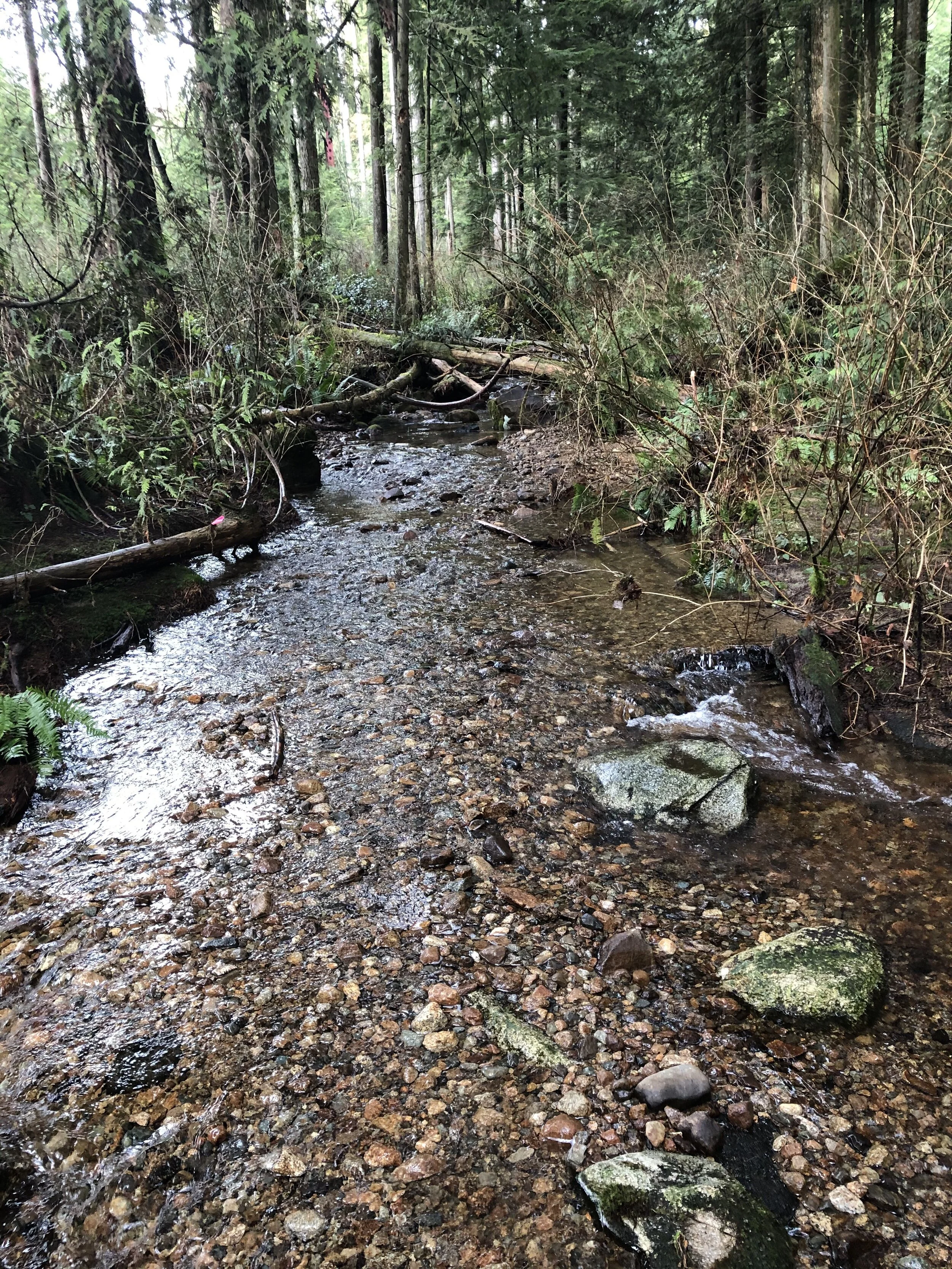
Carbon drainage
Carbon drainage fluxes in natural and human-impacted watersheds
The 5-year research program "Ecohydrological controls on carbon drainage fluxes in natural and human-impacted watersheds" was established through an NSERC Discovery Grant awarded to Dr. Mark Johnson, running over April 2014 - March 2019.
Research projects
Carbon fluxes in a degraded bog undergoing restoration
Environment: Temperate Wetland. Burns Bog, BC.
Methodology: Eddy covariance for CO2, CH4 and H2O. Water analysis for dissolved and gaseous carbon.
Lead collaborator: Brenda D’Acunha
Methane flux data analysis measured by eddy covariance technique
Sites: Burns bog temperate wetland, BC, Canada/ Pantanal tropical wetland, MT, Brazil/ Twitchell Island temperate wetland, CA, USA/ rice paddies, South Korea.
Methodology: Evaluating CH4 flux gap-filling performances of three machine learning algorithms and marginal distribution sampling (MDS) method. The machine learning algorithms include artificial neural network (ANN), random forest (RF), and support vector machine (SVM).
Lead collaborator: Yeonuk Kim
Characterizing CO2 evasion from forested headwater streams
Environment: Temperate Rainforest, Coastal BC.
Methodology: In situ determination of gas transfer velocities. In situ measurement of dissolved CO2
Lead collaborator: Mollie McDowell
Carbon drainage dynamics of the Pantanal
Environment: Tropical Wetland. Mato Grosso, Brazil
Methodology: Eddy covariance for CO2, CH4 and H2O. Water analysis for dissolved and gaseous carbon
Lead collaborator: Higo Dalmagro





